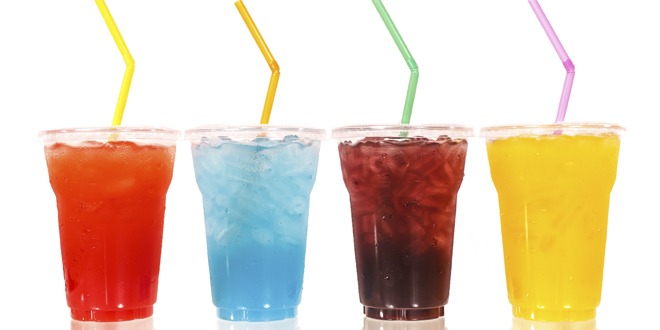Part of your diabetes self-management includes understanding how carbohydrate intake affects your blood sugar levels, how much carbohydrate you should have at each meal and how much carbohydrate a food contains. One very effective way to understand the carbohydrate content in food is by reading about how food is labelled in the article Nutrition Facts tables.
But what about sugar? You may have been told that you can have a bit of sugar each day (not everything you love has to be avoided when you have diabetes!). However, do people really understand how much – and what type – of sugar they are consuming every day? And why does this matter?
The World Health Organization is very concerned about the rising rate of obesity (one of the major modifiable risk factors for diabetes) around the world, and is focusing on helping people understand how consuming “free” sugars contributes to obesity. Free sugars have no nutritional value: they are the sugars that are added to foods to make them taste better, or sugars that are added to syrups, honey or fruit juices. You may have heard recently that Health Canada wants to remove fruit juices from Canada’s Food Guide.
Diabetes educators often say, “Eat the fruit, don’t drink the juice.” The rationale for this advice is that the fibre content contained in fruit is so helpful in regulating blood glucose levels and helping us to feel full; fruit juice does not have these benefits.
The World Health Organization has suggested that people restrict their intake of free sugars to less than 10% of their total calories consumed in a day. So, if your nutritional intake is 2,000 calories per day, you should obtain only 200 calories – at most – from free sugar. It would be ideal if free sugars were only 5% of total caloric intake per day, i.e. 100 calories or 25 grams of sugar (about 5 teaspoons).
In theory, this sounds reasonable, so what is the issue? While Health Canada completely agrees that Canadians need to reduce their intake of free sugars, the way they are proposing to change nutrition labelling may actually make it more difficult to “cut the sugar” than is currently the case. The proposal is to have labels indicate the total amount of sugar contained in a product and report it as a daily percentage of intake. Unfortunately, this will not help consumers understand how much of the sugar is “free” and how much of it is naturally occurring. For example, a soft drink label might indicate that it contains 42% of total sugar intake for the day; in theory, that would mean you still have one-half of your sugar allowance left; however, the sugar contained in soft drinks is all free sugar and comprises about 10 teaspoons. That’s twice the daily optimal intake of free sugar. Clearly, this type of labelling would not be very helpful!
Time will tell, though. Recently a group of University of Toronto researchers proposed better labelling by using the “glycemic index,” another mystery phrase for many people living with diabetes who are trying to manage their blood glucose levels effectively. (For more information about the glycemic index, click here.)
What should you take away from all of this? It is time to make understanding labels and specifically the “good stuff” and the “bad stuff” easier for Canadians, to help them make healthier food choices and to identify more easily the ingredients that increase health risks, such as free sugars.
We will see what will come of new labelling methods in the coming months. Regardless, it is time to make self-management easier for people, and well-thought-out food labels can be a huge part of that initiative.
 Diabetes Care Community Learn, connect and care
Diabetes Care Community Learn, connect and care



